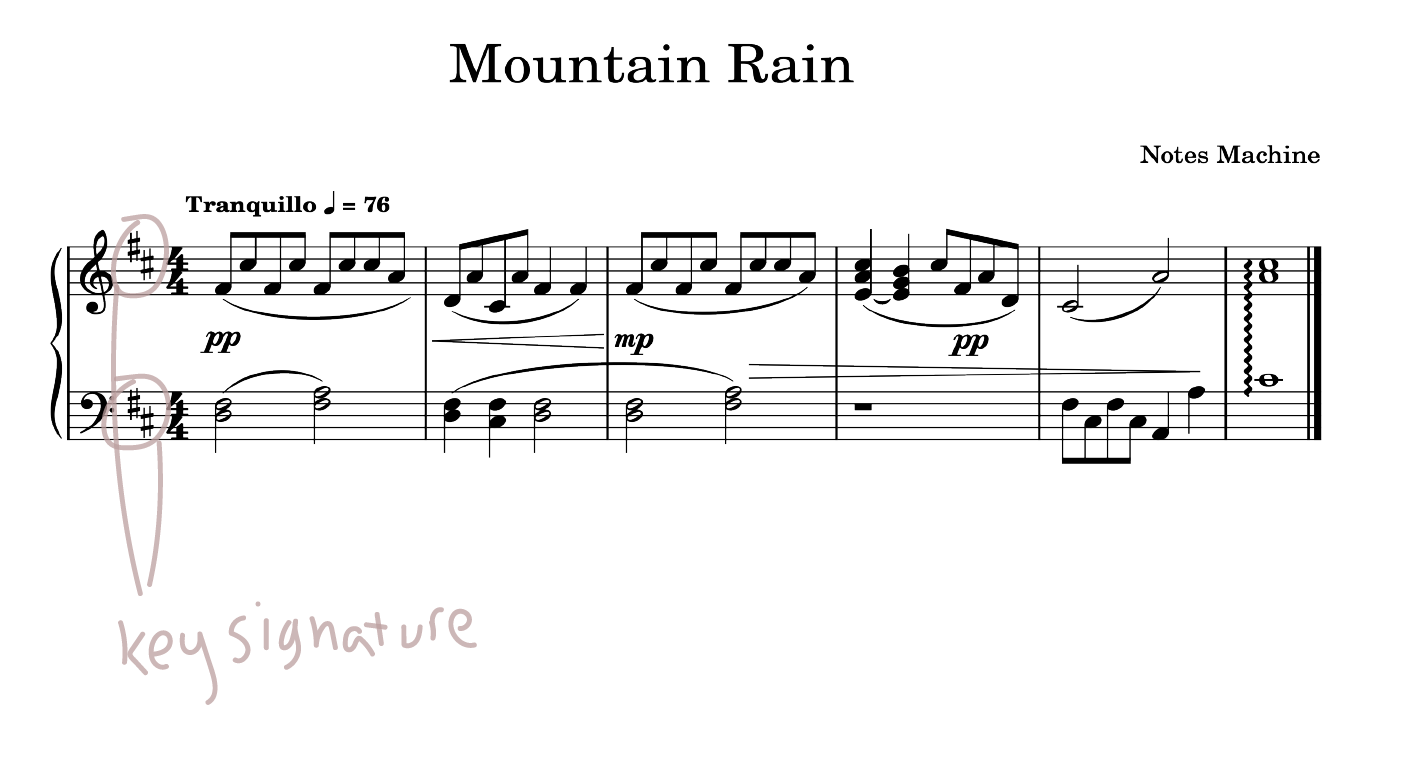Piano Module - Key Signatures: Minor

A mini-lesson on how to read piano music minor key signatures. 3 min read (515 words)
The information provided in this blog post is for educational purposes only. Please review our Disclaimer.
Review major key signatures, clefs and sharps and flats before reading this!
Minor key signatures, like major key signatures in a piece of music tell the reader which piano keys (tones) sound right together. Minor key signatures are relative to major key signatures, meaning each minor key has the same key signature as a major key.
You can find out what the key signature is at the beginning of a piece, right beside the clefs and shown with accidentals either sharps or flats or none.

As you can see a key signature for a minor key still looks like a major key, since they are related, the differences is how the piece is created.
Minors related to Majors
From the previous post on majors, you can see there are 15 major keys, meaning there are 15 minor keys to know.

Let’s start with an easy key signature, C Major

The C major key signature consists of C, D, E, F, G, A and B notes and has no sharps or flats, therefore a piece in the key signature C major would show nothing next to the clef:

It’s relative minor will have the same amount of accidentals and the same notes.
The relative minor of a major can be found by counting down 3 semitones from the major note, so for C major: C-> B -> B♭-> A
C major’s relative minor is A!

A minor key has the same base notes as C major,

Now we can see how the circle of fifths fills out with minors,

Minor key signature scales
Minors have different versions of scales (reminder: scales are notes played in order, ascending and descending, which contain all the notes in it’s key, however may be altered), the most common are: natural, harmonic and melodic.
(Scales also contain a lot of information and therefore are in another lesson however key signatures are intertwined with scales which help in understanding.)
- A minor natural: A - B - C - D - E - F-G - A
- A minor harmonic: A - B - C - D - E - F - G# - A
- A minor melodic: ascending A - B - C - D - E - F# - G# - A - G ♮- F♮ - E -D - C - B - A descending
Notes are altered depending on the scale, so harmonic:
- the 7th note is always raised 1 semitone and
melodic,
- 6th and 7th are raised 1 semitone on ascending and lowered 1 semitone on descending.
